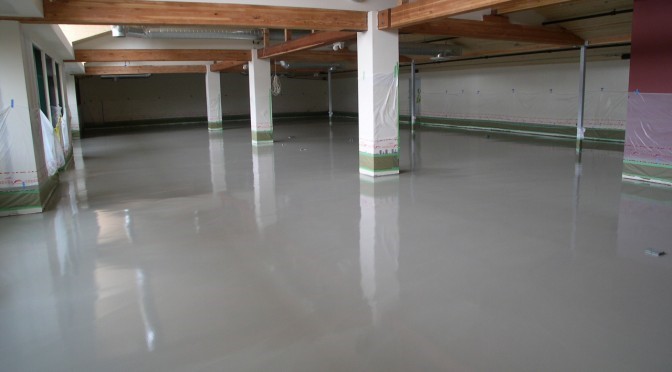WHAT IS BLEEDING AND SEGREGATION IN CONCRETE
Concrete is a widely used building material due to its strength, durability, and versatility. However, like any other construction material, it is subject to certain defects, including bleeding and segregation.
Bleeding in Concrete
Bleeding is a phenomenon in concrete that occurs when water rises to the surface of freshly poured concrete. This happens because the water in the mix is heavier than the aggregate and cement particles, causing it to migrate upward. As the water reaches the surface, it leaves behind a layer of cement paste, which is often called laitance. Bleeding is more likely to occur when the concrete is overworked, or the mix is too wet.
The presence of bleeding in concrete can lead to several problems, such as:
- Reduced Durability: Bleeding can cause a weak and porous surface layer, which is prone to cracking and erosion.
- Poor Finish: Bleeding can result in a rough and bumpy surface, which makes it difficult to achieve a smooth finish.
- Bonding Issues: Bleeding can weaken the bond between the concrete surface and any subsequent layers, such as toppings or coatings.
To prevent bleeding in concrete, the following measures can be taken:
- Use the correct water-to-cement ratio to achieve the desired consistency.
- Avoid overworking the mix, which can lead to segregation and bleeding.
- Use an appropriate mix design that takes into account the type and size of aggregate, as well as the environmental conditions.
Segregation in Concrete
Segregation in concrete is the separation of coarse and fine aggregates from the cement paste during the mixing process. This can happen when the mix is too wet, or when the aggregates are of different sizes or shapes. The larger and heavier aggregates tend to settle at the bottom, while the lighter and finer particles rise to the surface.
The presence of segregation in concrete can lead to several problems, such as:
- Reduced Strength: Segregation can result in a non-uniform mix, which can lead to weak spots and reduced overall strength.
- Surface Defects: Segregation can cause surface defects such as honeycombing, which can weaken the structure and reduce its durability.
- Inconsistent Finish: Segregation can lead to a non-uniform surface finish, which can make it difficult to achieve a smooth and uniform appearance.
To prevent segregation in concrete, the following measures can be taken:
- Use an appropriate mix design that takes into account the type and size of aggregate, as well as the environmental conditions.
- Use the correct water-to-cement ratio to achieve the desired consistency.
- Use proper mixing techniques and equipment to ensure that the mix is uniform throughout.
In conclusion, both bleeding and segregation can cause significant problems in concrete structures, and therefore it is essential to take preventive measures to minimize their occurrence. By using the correct mix design, water-to-cement ratio, and mixing techniques, these issues can be minimized, ensuring that the resulting concrete is strong, durable, and aesthetically pleasing


